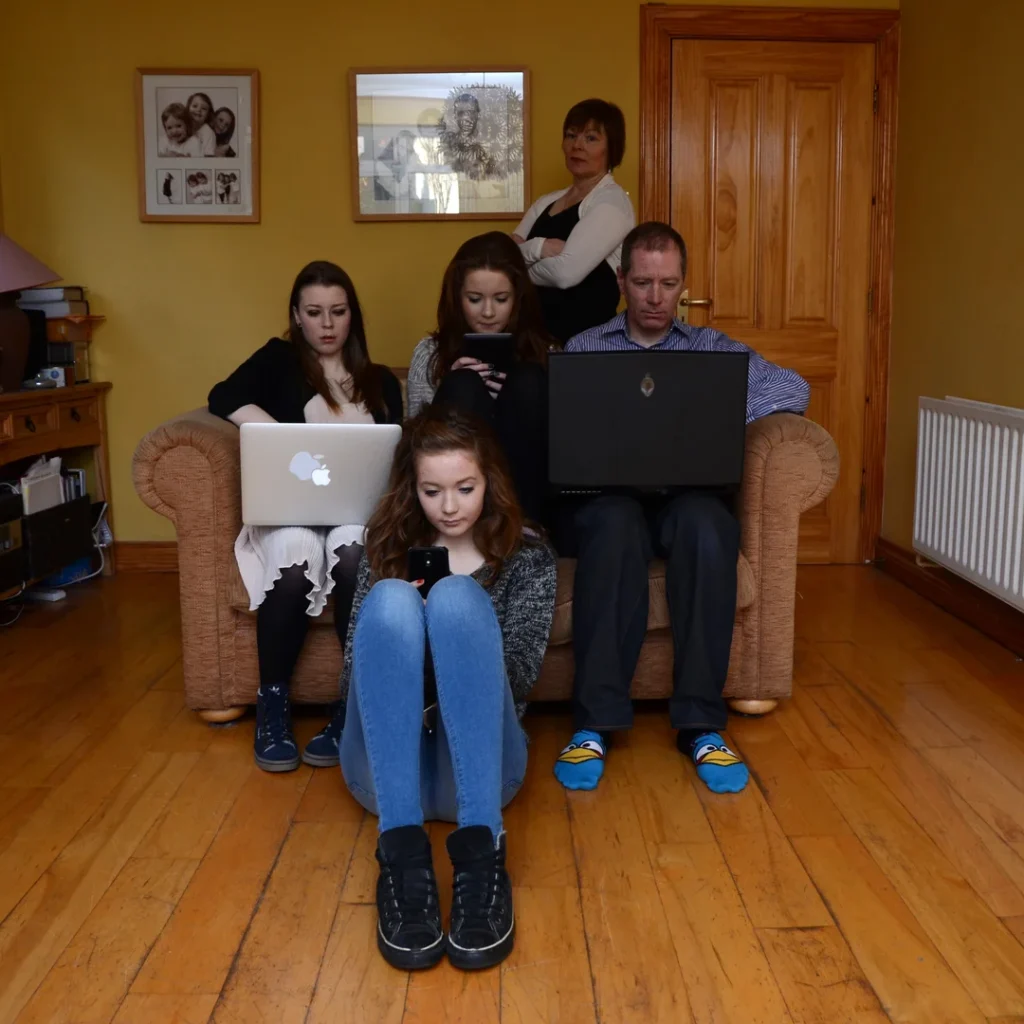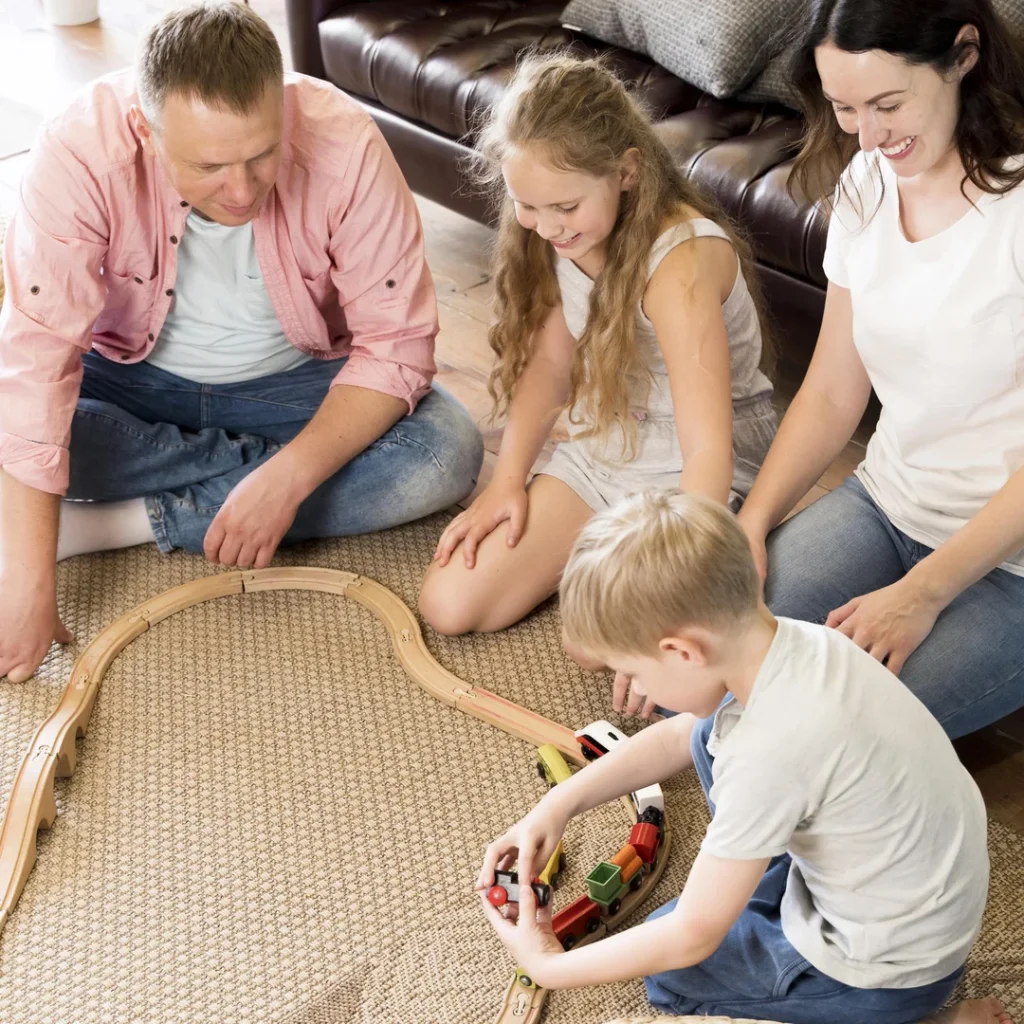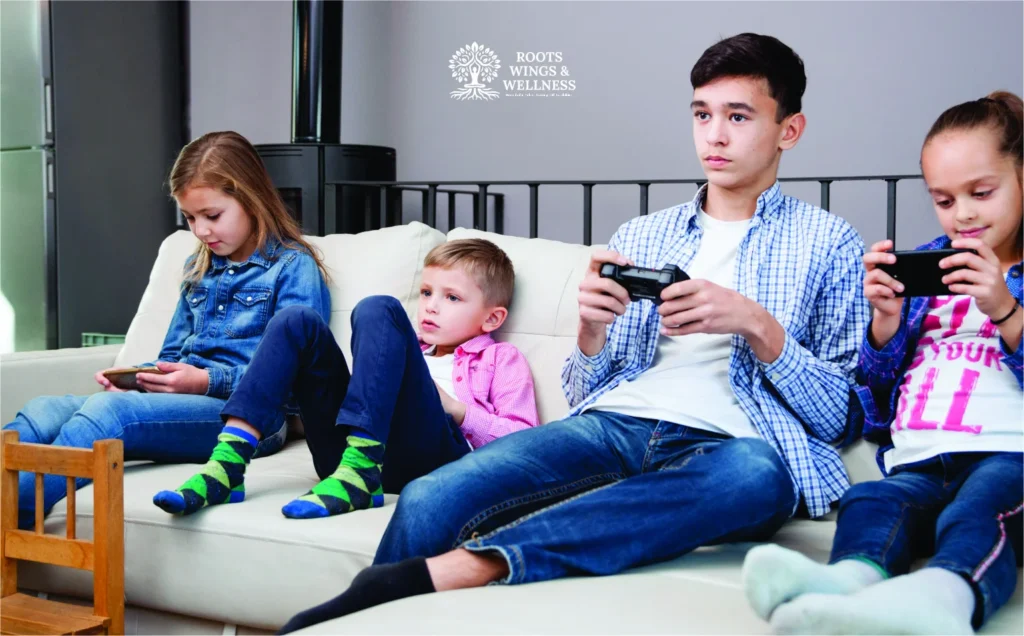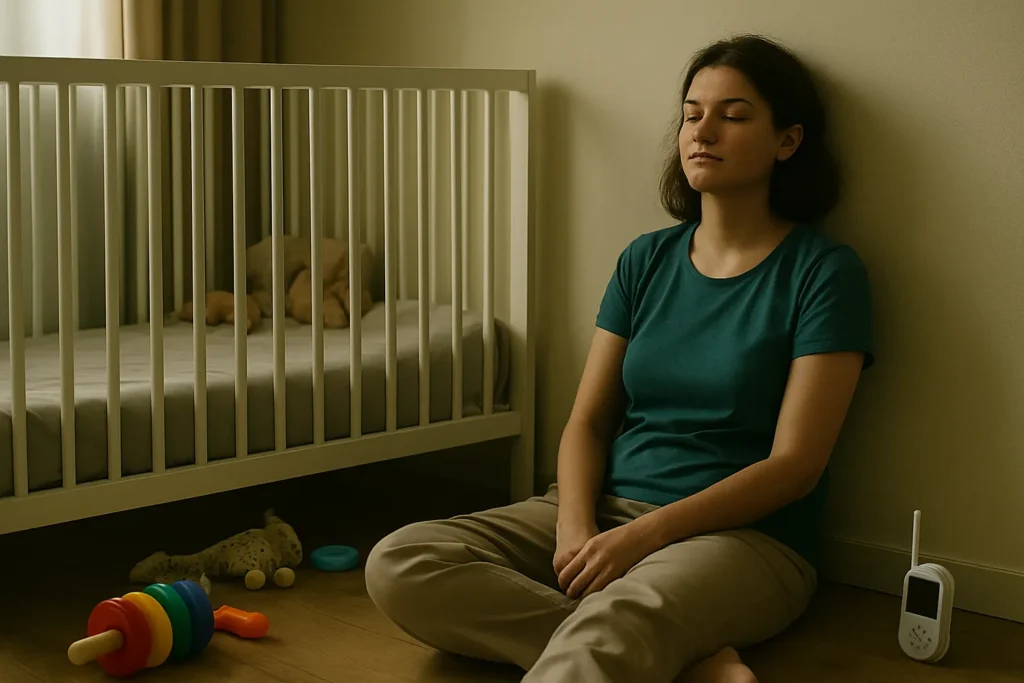A Thoughtful Look at Presence, Connection, and How to Live More Intentionally
Introduction: Is Screen Time Stealing Our Togetherness?

Remember when evenings meant board games, silly jokes at the dinner table, or spontaneous dance parties in the living room? These moments didn’t need a Wi-Fi connection to feel real—they thrived on shared presence.
Now fast-forward to today.
Everyone’s home, but everyone’s somewhere else—heads down, fingers scrolling. A toddler watching cartoons during breakfast, a teen lost in TikTok during dinner, a parent checking emails mid-conversation. We’re physically together, but mentally scattered.
That’s why conversations around screen time limits have never been more urgent—or more misunderstood.
The issue isn’t just screen time itself. It’s what we’re losing because of it: real eye contact, shared laughter, and the chance to truly connect. But here’s the good news—it doesn’t have to be a battle. You don’t have to choose between modern life and meaningful connection.
In this blog, we’ll explore how to rethink family screen time rules in a way that feels gentle, collaborative, and real. Whether you’re a parent struggling with boundaries or someone just trying to restore peace at home, this is your invitation to build a healthy family culture—without the guilt, without the fights.
Table of Contents
The Illusion of Togetherness in a Digital Age


Have you ever looked around your living room and realized everyone’s on a device? You’re all technically “together,” yet the silence feels… disconnected.
Welcome to modern family life, where digital closeness often replaces emotional presence.
We’ve normalized multitasking moments: answering emails at dinner, checking the news while chatting, texting while “watching a movie together.” These small habits add up, chipping away at genuine connection.
But screens aren’t inherently bad—they just need boundaries.
Instead of only asking, “How do we set screen time limits without conflict?” try this:
- When do we feel closest as a family?
- What kind of screen time brings us together (and what pulls us apart)?
- What would happen if we reclaimed just one moment each day for pure connection?
Sometimes, shifting the conversation from “rules” to “rituals” is all it takes.
Cultural Wisdom: How Different Traditions Cultivate Presence

Long before iPads and Netflix, cultures across the world had their own ways of saying: this moment matters.
In Japan, the philosophy of Ichigo Ichie encourages people to treat each encounter as unrepeatable and sacred. Can you imagine applying that mindset to family dinner? No phones. No rush. Just presence.
Indigenous communities have long shared knowledge through oral storytelling, sitting in circles, giving one another full attention. It wasn’t just about passing down stories—it was about building trust and identity.
Even in the Mediterranean, family meals are protected time. Phones down. Conversations up.
What can we learn from these traditions? That reducing screen time without conflict doesn’t have to mean rules and restrictions—it can simply mean creating spaces that feel more nourishing than any screen.
Screen Time as a Modern Fire: A Tool or a Distraction?

Let’s borrow a metaphor.
Think of screen time like fire. When used intentionally, it brings people together. Families gather around a movie, laugh over funny YouTube videos, video call loved ones across oceans.
But when it spreads unchecked, it burns connection. Everyone retreats into their own digital world.
The trick isn’t banning fire. It’s learning to contain it.
Ask your family:
- Does this screen activity help us connect or isolate us?
- Are we in control of how we use screens, or are they using us?
By reframing technology as a tool—not a default—you shift from control to conscious use. That’s where real transformation begins.

The Gentle Shift: From Rules to Awareness
If screen time battles are wearing you down, try letting go of the fight. No, seriously.
Instead of forcing family screen time rules, invite your family into a conversation. Ask your kids how they feel after too much screen time. You might be surprised—they often know it makes them moody, distracted, or tired.
Rather than enforcing control, build curiosity:
- When do you feel happiest as a family?
- What kind of screen time makes you feel inspired?
- What would happen if we added one screen-free hour to our day?
This shift—from discipline to dialogue—builds trust and makes kids more willing to participate in boundaries they helped create. And that’s how you start managing screen time without power struggles.

Small Rituals, Big Impact: How to Reclaim Presence Every Day
You don’t need a dramatic family tech detox. You just need small, consistent rituals that prioritize real connection.
Here are a few screen-free ideas that quietly shift the energy in your home:
- The 30-Minute Rule: Create a sacred screen-free window—perhaps right after school or before bed—where connection takes priority.
- Screen-Free Sundays: Pick one day each week to unplug together. Go for a nature walk, cook as a family, play board games.
- Meal Time = Face Time: Keep devices off the table and create space for stories, jokes, and shared reflection.
- Digital Wind-Down: Replace night-time scrolling with reading aloud, journaling, or simply lying beside your child and talking about their day.
These practices don’t feel like punishments. They feel like breathing room. And over time, they become anchors for a healthy family culture rooted in presence.
Let’s Talk About Conflict—And How to Avoid It
You might be thinking, “But my kid won’t go along with this without a fight.”
That’s completely normal. Change feels uncomfortable—especially when it interrupts something addictive.
But here’s a tip: Don’t make it about punishment. Make it about connection.
Try this script:
“I love how much you enjoy your shows/games. I just miss us being together without screens sometimes. Could we try setting aside one hour a day that’s just for us?”
You’ll be amazed how a shift in tone reduces pushback. When kids feel respected, not controlled, they’re more likely to cooperate.
This is the heart of setting screen time limits without conflict—not enforcement, but engagement.

Conclusion: Rebuilding Family Culture, One Moment at a Time
Setting screen time limits isn’t about declaring war on technology. It’s about reclaiming the tiny, magical moments that screens often steal without us noticing.
It’s about recognizing that your child’s laughter, your partner’s stories, and your own peace of mind deserve space to exist—uninterrupted.
So no, you don’t need a perfect plan. You just need one small shift today.
A question asked at dinner.
A phone placed face-down during bedtime stories.
A walk without earbuds.
That’s where it starts.
Let’s stop trying to control the screen—and start choosing each other instead.
💡 Ready to go deeper? Check out our guide on How to Reduce Kids’ Screen Time with Engaging & Healthy Activities for more hands-on ideas and tools.
💬 What’s one screen-free ritual you love in your home? Share with us in the comments or join the conversation on Instagram @rootswingswellness.
Check out our insightful articles on family wellness and digital relationship at Roots, Wings & Wellness.
FAQ’s
Start by shifting from rules to rituals. Instead of saying “No more screen time!”, try, “Let’s have one hour today that’s just for us—no screens, just connection.” Kids respond better when they’re included in the process. Think of it less as enforcement, and more as building a healthy family culture together.
It depends on age and needs, but many experts, including the American Academy of Pediatrics, recommend:
- Under 2 years: No screen time (except for video chatting).
- Ages 2–5: No more than 1 hour per day of high-quality content.
- Ages 6+: Consistent limits and prioritizing offline activities like play, sleep, and conversation.
That said, it’s not just about the hours—it’s about how screen time fits into your family’s life. Is it supporting connection or replacing it?
Absolutely—when it’s used intentionally. Educational apps, family movie nights, or video calls with grandparents can support learning and bonding. The key is to make screen time active and connected, not passive and isolating.
You’re not alone! Kids learn by watching, so your efforts matter more than perfection. Try screen-free evenings together or keep your phone in another room during certain times. Let your kids see you choosing presence—they’ll follow your lead, even if it takes time.
Yes—when they’re made together. Try setting family screen time rules collaboratively:
- No phones at the dinner table
- One tech-free day or night per week
- All devices charged outside bedrooms overnight
It’s not about control—it’s about consistency and shared values.
We all have off days—especially during travel, sick days, or busy weeks. The key is progress, not perfection. If screen time spikes temporarily, simply reset with a calm, “Hey, let’s get back to our routine today.” Flexibility is part of mindful parenting.


















